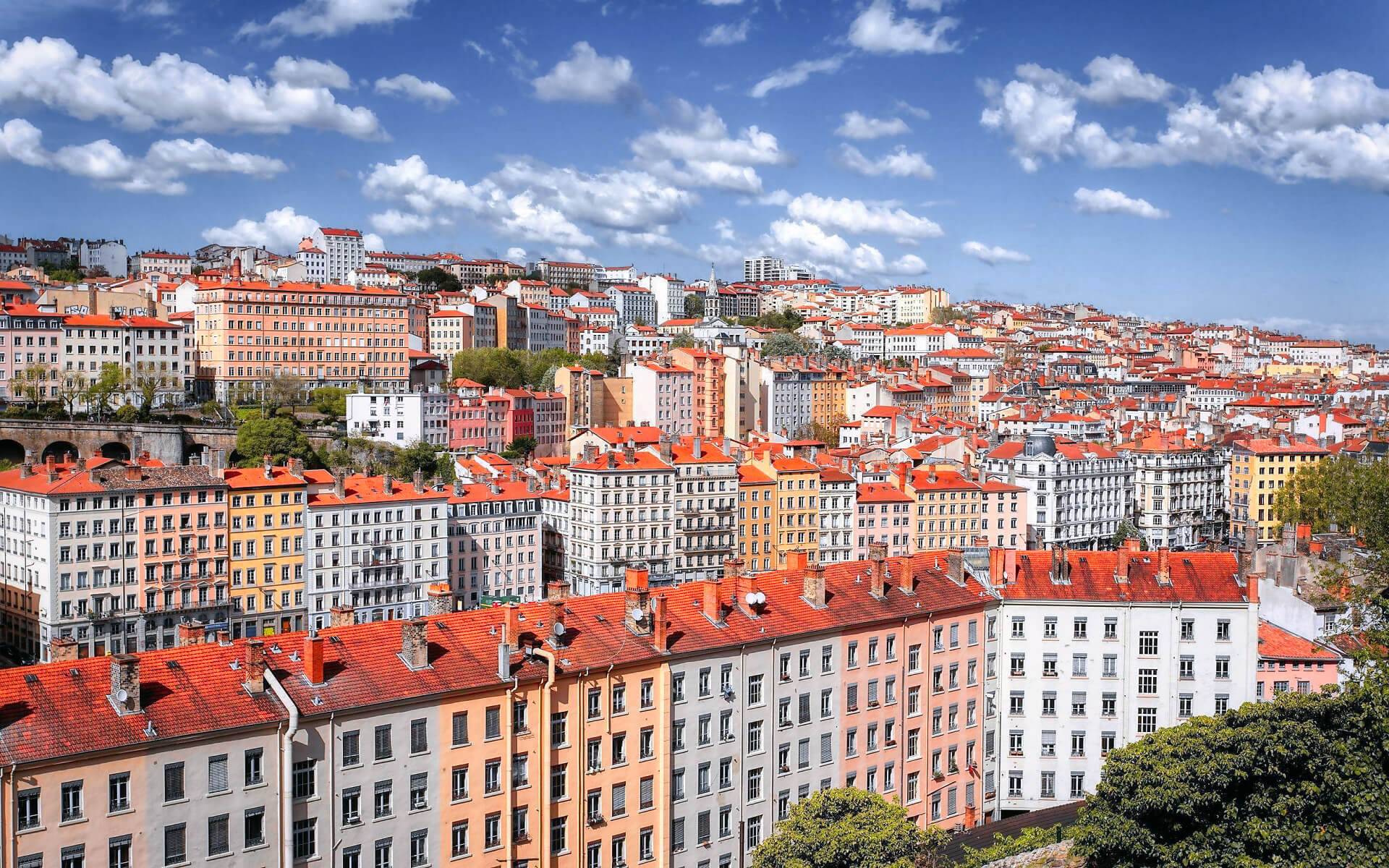[lwptoc]
Lyon, often known as Lyons, is a city in east-central France, in the Auvergne-Rhône-Alpes region, about 470 kilometers (292 miles) from Paris and 320 kilometers (199 miles) from Marseille. The city’s residents are known as Lyonnais.
Lyon, France’s third-largest city after Paris and Marseille, had a population of 500,715 in 2013. Lyon is the capital of the Rhône department and the Auvergne-Rhône-Alpes region. Lyon’s metropolitan region has a population of 2,214,068 in 2012, making it the second-largest in France after Paris.
The city is a UNESCO World Heritage Site and is noted for its food and gastronomy, as well as historical and architectural attractions. Lyon was traditionally significant for silk manufacturing and weaving.
Auguste and Louis Lumière devised the cinematographe in Lyon, and it played an important part in the development of cinema. Lyon is also renowned for its iconic light festival, Fête des Lumières, which takes place every 8 December and lasts four days, giving the city the title of Capital of Lights.
Lyon is a key economic center for banking, as well as the chemical, pharmaceutical, and biotech sectors. The city has a major software industry, with a particular emphasis on video games, and has nurtured a rising local start-up sector in recent years. Lyon is home to the worldwide headquarters of Interpol, Euronews, and the International Agency for Cancer Research. In 2011, Lyon was rated 19th in the world and second in France for innovation. In Mercer’s 2015 liveability rankings, it was placed second in France and 39th overall.


